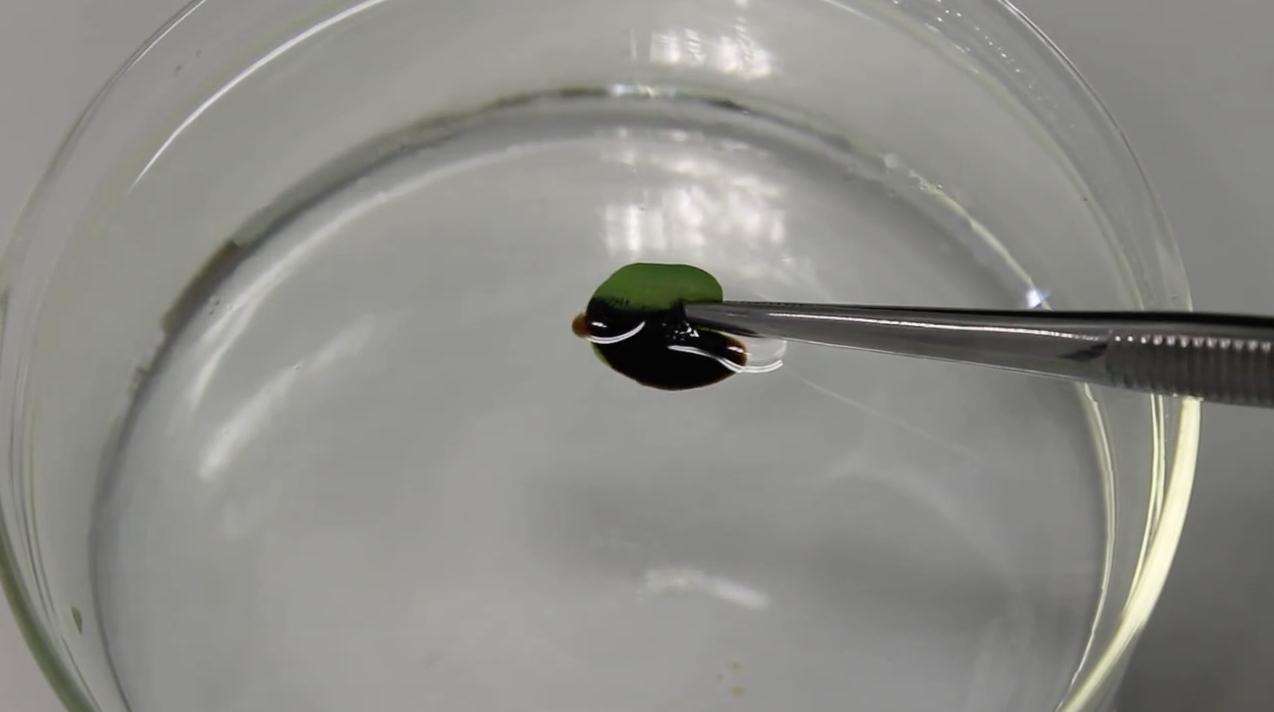German scientists have been studying Salvinia molesta, a pesky aquatic weed, that may have an unintended benefit—the ability to soak up oil without taking the water surrounding it.
The aquatic weed that originated in Brazil has been spreading west towards Texas, Arizona and California. German scientists based at Karlsruhe Institute of Technology’s Institute of Microstructure Technology (IMT) and researchers from the Nees Institute for Biodiversity of Plants at the University of Bonn have been focused on a number of water plants including four species of Salvinia, which were selected for their hairy leaves.
The shape of these hairy outgrowths, known as trichomes, falls into four categories and the researchers fine-tuned their sample to get the maximum information on the correlation between trichome type and oil absorption.
They have reported the latest results in their journal Bioinspiration & Biomimetics. Claudia Zeiger of IMT said, “From our results we now know that the shape of the hair ends is important in supporting the oil/air interface to ensure maximum oil absorption and retention capabilities,”
Following these findings, IMT created artificial versions of the hairy surface called “nanofur” which is formed by pressing a hot rough plate into a polymer foil. Nanofur rejects water and is attracted to oil, therefore is ideal for cleaning oil out of water.
This kind of nature engineering, known as biomimicry, might be useful for addressing oil spills, like the most recent one in the Saskatchewan River in the future.
The full article is available online at http://iopscience.iop.org/article/10.1088/1748-3190/11/5/056003/meta;jsessionid=B13CD4B7DB0BEF61963541A7396C973A.c3.iopscience.cld.iop.org















